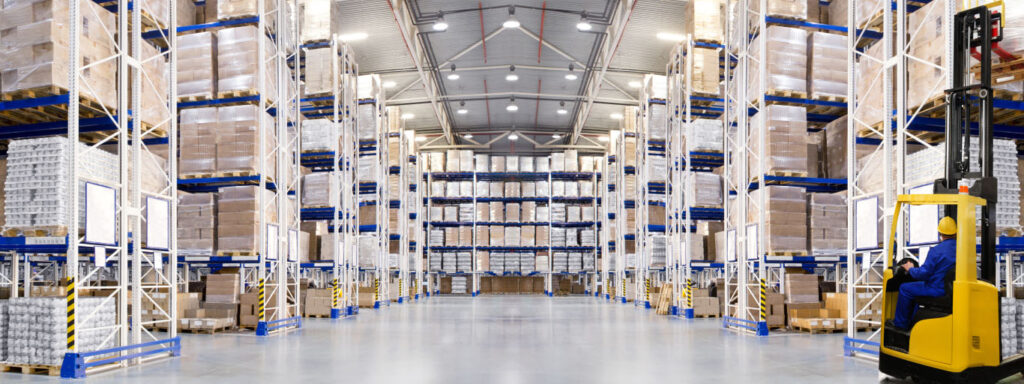It is essential to keep products in a cold environment in particular those at risk of temperature changes. Some examples include high-value artwork as well as chemicals that need to be kept in a cool atmosphere to ensure that they do not degrade.
Managing a cold storage facility requires careful tracking and efficient inventory management. Implementing accurate monitoring of refrigeration and utilizing automated technology are the main components of this.
Cost Management
Planning from the very beginning of construction may help reduce the costs. This involves reviewing a location’s capacity and ensuring the site is compliant with specific requirements for the use of energy.
Other cost-saving strategies include putting money into automated vehicles and warehouse management systems, reviewing inventory accuracy levels, and cutting down on employee expenses. Additionally, using demand management technology helps cold storage facilities recognize the patterns of their operation and implement important adjustments in order to boost the efficiency of their energy use.
Finally, maintaining the machinery is essential. It is important to establish a schedule for every piece of equipment, and then share it with all employees. A company is able to detect problems before they become a problem, and reduce repairs and storage costs.

Energy-efficient refrigeration systems
Cold storage facilities depend on robust energy systems in order to stop the expense of losses due to the deterioration of food and chemical vapors. Systems must be designed in a way that they can perform optimally and lower energy expenses.
Be sure to inquire about the cooling and backup power options at a particular facility before deciding one. The facility should be able to quickly load and unload railway cars or trucks as well as have a quick turnaround time to process incoming and outgoing deliveries.
A well-organized transportation coordination system and efficient warehouse procedures are crucial to effective cold storage supply chains, but automated monitoring and control systems provide an even higher level of operational efficiency. They are able to monitor temperature and track quality, in addition to various other logistics operations.
Control of the temperature
Numerous industries count on cold storage as an essential component of their supply chains that lap dat kho cap dong cong nghiep. These warehouses are essential for the long-term viability and performance of items such as the pharmaceutical industry, artwork of high-value or works of art that need to remain at a stable temperature.
The ability to maintain a consistent temperature will help protect against spoilage, which reduces waste and lowers the price of storage space. This can help ensure that the products are delivered to customers in perfect order.
In addition cold storage facilities must have an efficient inventory management system that ensures exact data records. Record keeping is essential to ensure cold storage facilities follow HACCP, ISO 9001 and GMP standards in addition to other safety rules and regulations. This is especially important in the case of specialized commodities such as fruit and vegetables that require different conditions for each room.
The management of perishable inventory
Cold storage facilities are essential to ensure that food products are in good quality until they are available to consumers. They require strict control and surveillance to guarantee quality and security. Many companies are trying to find new strategies to improve their the cold storage chain in order to cut costs like the cost of land, electricity and labour.
Implementing mobile pallet racks and shuttle systems that use only one operating aisle, in order for floor space, while cutting energy use by at up to 80 percent is a great way to cut costs. Modern tracking software gives customers live access to their inventory levels and invoice history.
Analysis of key data elements such as capacity throughput, accuracy in inventory and rates of product spoilage are also crucial to achieving efficient cold storage management. Although these changes might not result in immediate profit but they could make a big difference in cost savings over the long term.
Optimizing storage space
Success in the cold storage supply chain relies on efficient transport and warehouse operations. Warehouses are able to improve their efficiency in operation by utilizing automation of monitoring and control systems. This will track the delivery costs, stock accuracy as well as spoilage rates.
Warehouses must also implement regular inspections of their facilities. It allows them to identify issues and correct them before they turn into significant issues. Ice buildup can cause damage to machinery, goods and ceilings. Also, it creates the possibility of fire hazards. For warehouses to prevent such an event, they must clean and remove ice from the premises on a regular basis.
This can allow you reduce costs while also ensuring client’s satisfaction. These methods, such as keeping to strict rules regarding temperature and transportation as well prioritizing timely deliveries is essential to ensure the efficiency of cold storage warehouses.